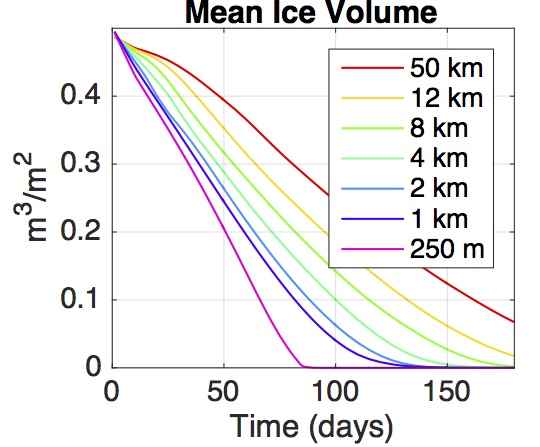An explainer on eddies and sea ice. Our paper on sea ice melting and floe size is out in GRL!7/26/2016
Our paper on the interactions between ocean eddies and sea ice floe size is now available online at GRL (here). If you can't access it, please email me and I will send over a pre-print.
Interactions between sea ice and the ocean change everything. When sea ice is present, it can develop a cold, fresh layer known as a lens underneath it. Outside of regions covered by sea ice the ocean can have any temperature or salinity. This contrast to something known as baroclinic instability, which occurs as the ocean tries to wipe out lateral variations in its density, and manifests itself as these beautiful eddies (like the ones in the heading of this blog). This happens at the sides of sea ice floes, too.
|
AuthorOceanographer, Mathemagician, and Interested Party Archives
March 2017
Categories
All
|




 RSS Feed
RSS Feed
